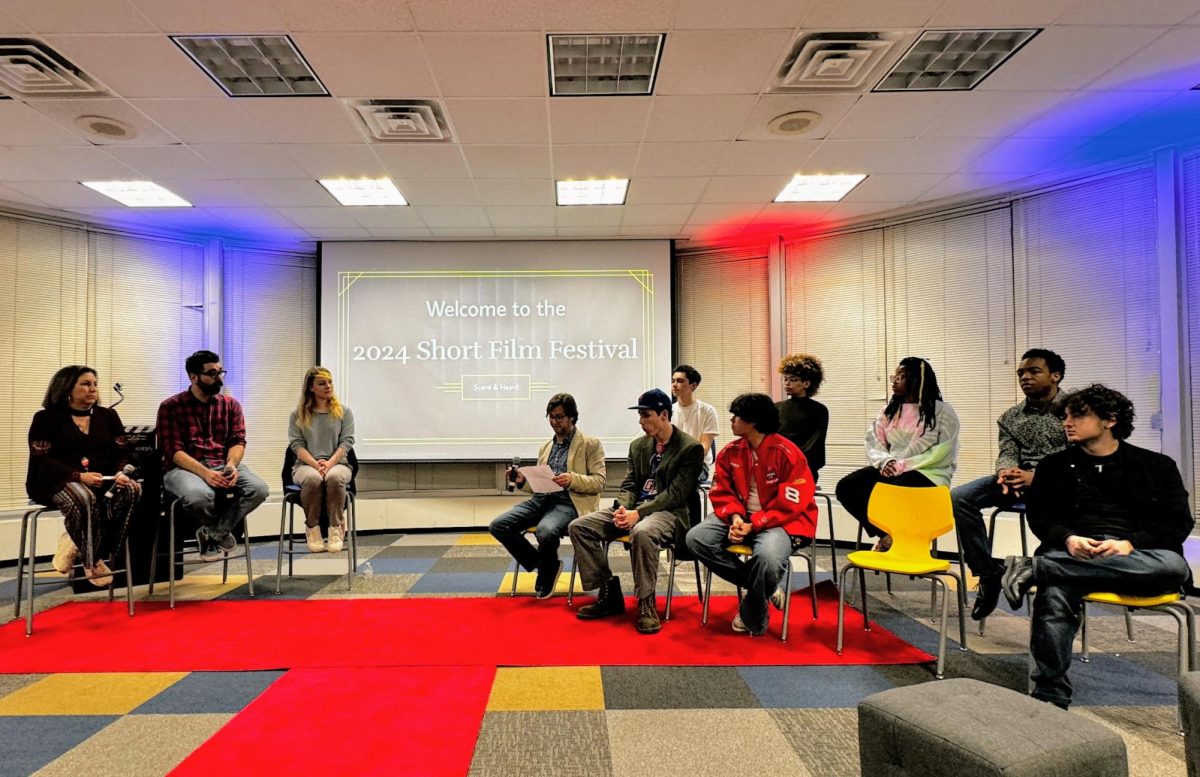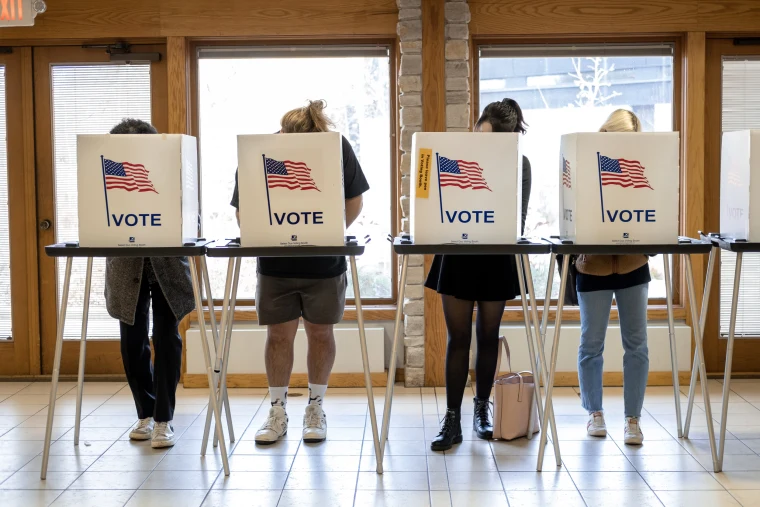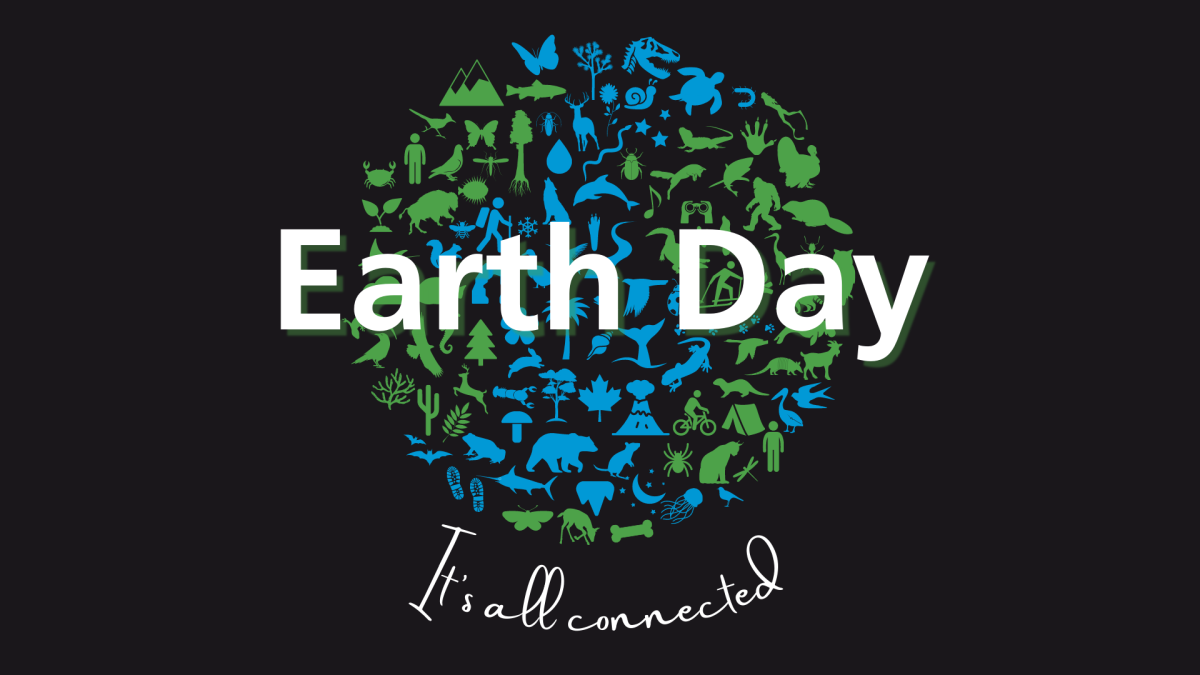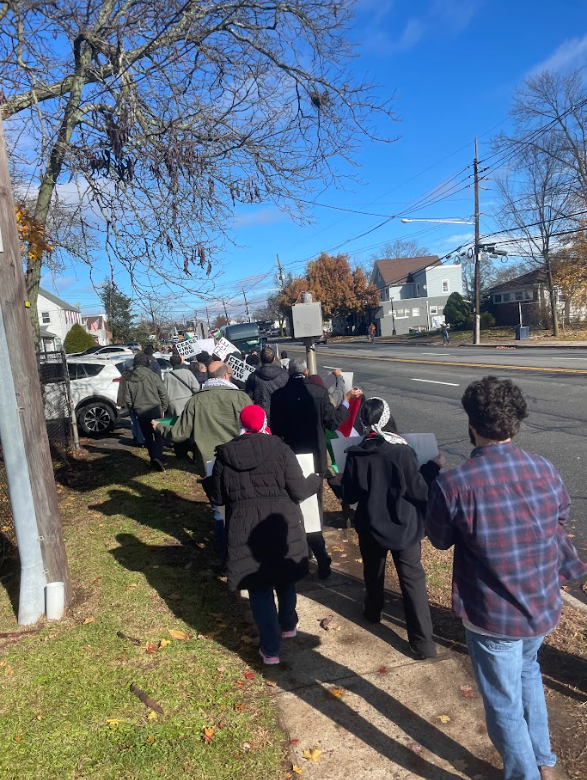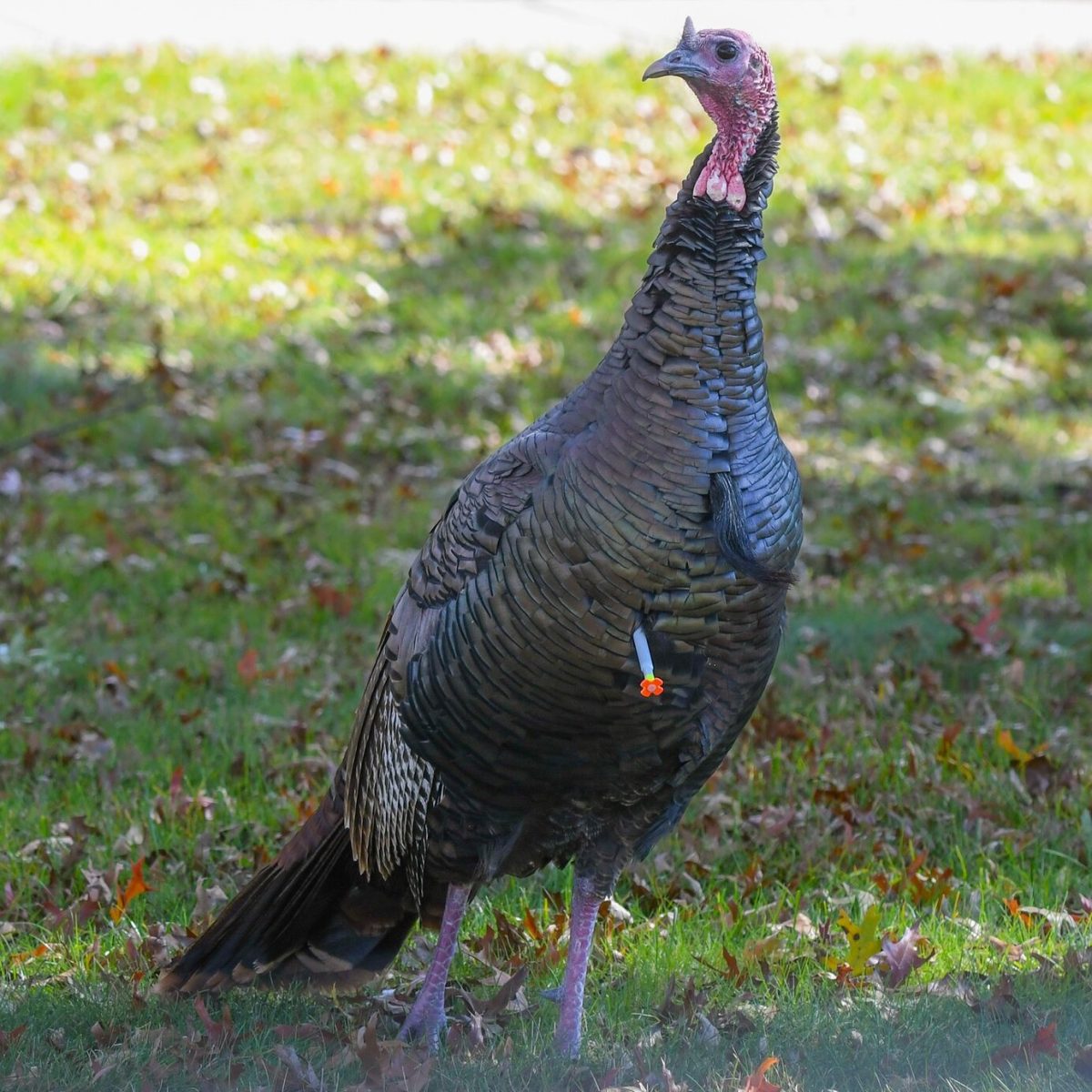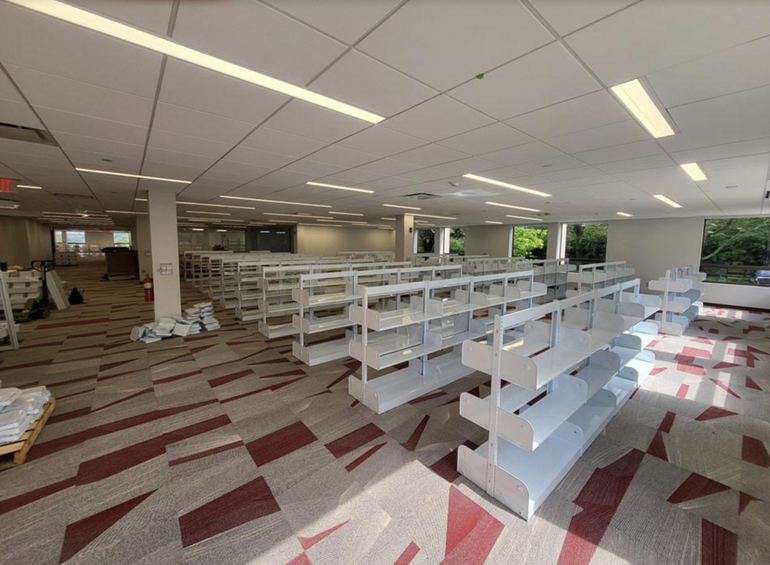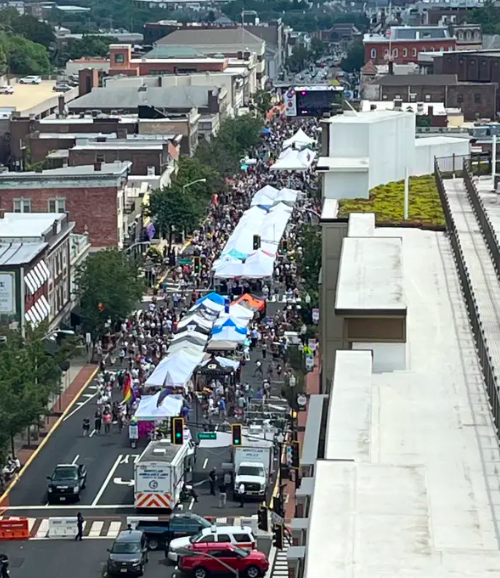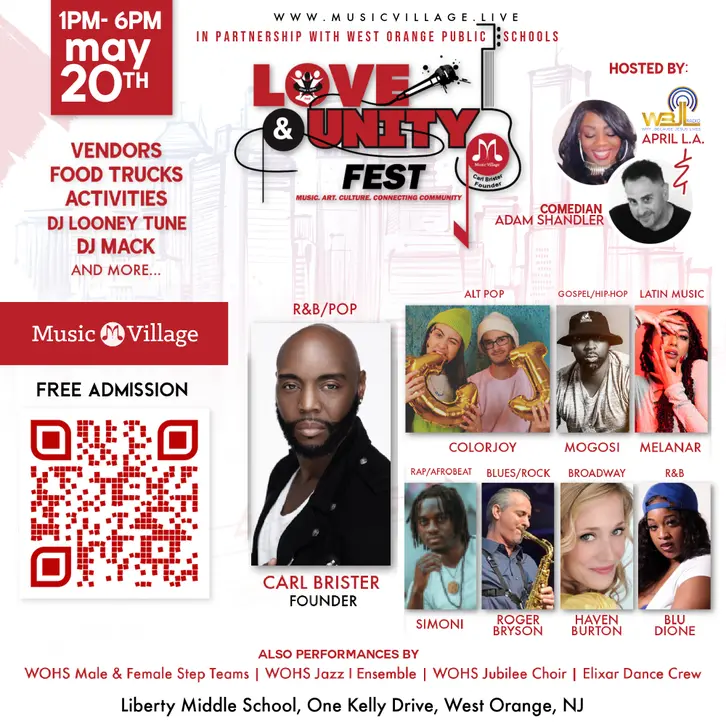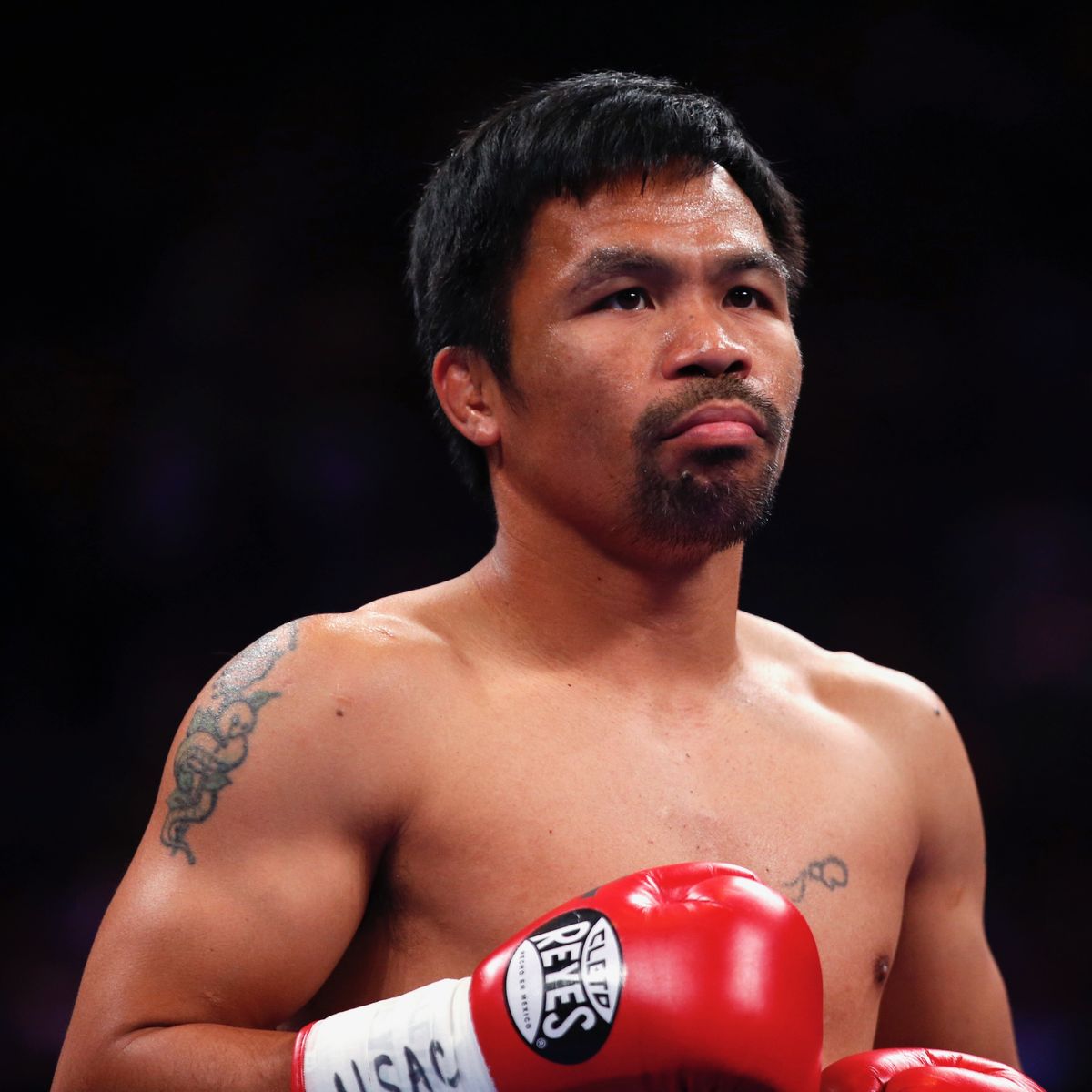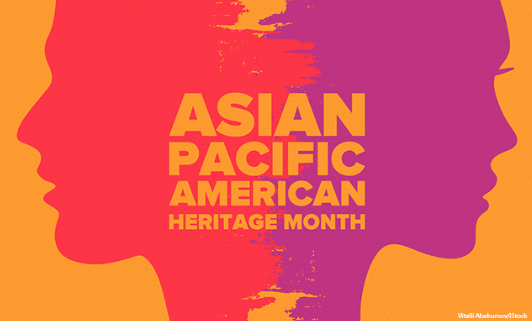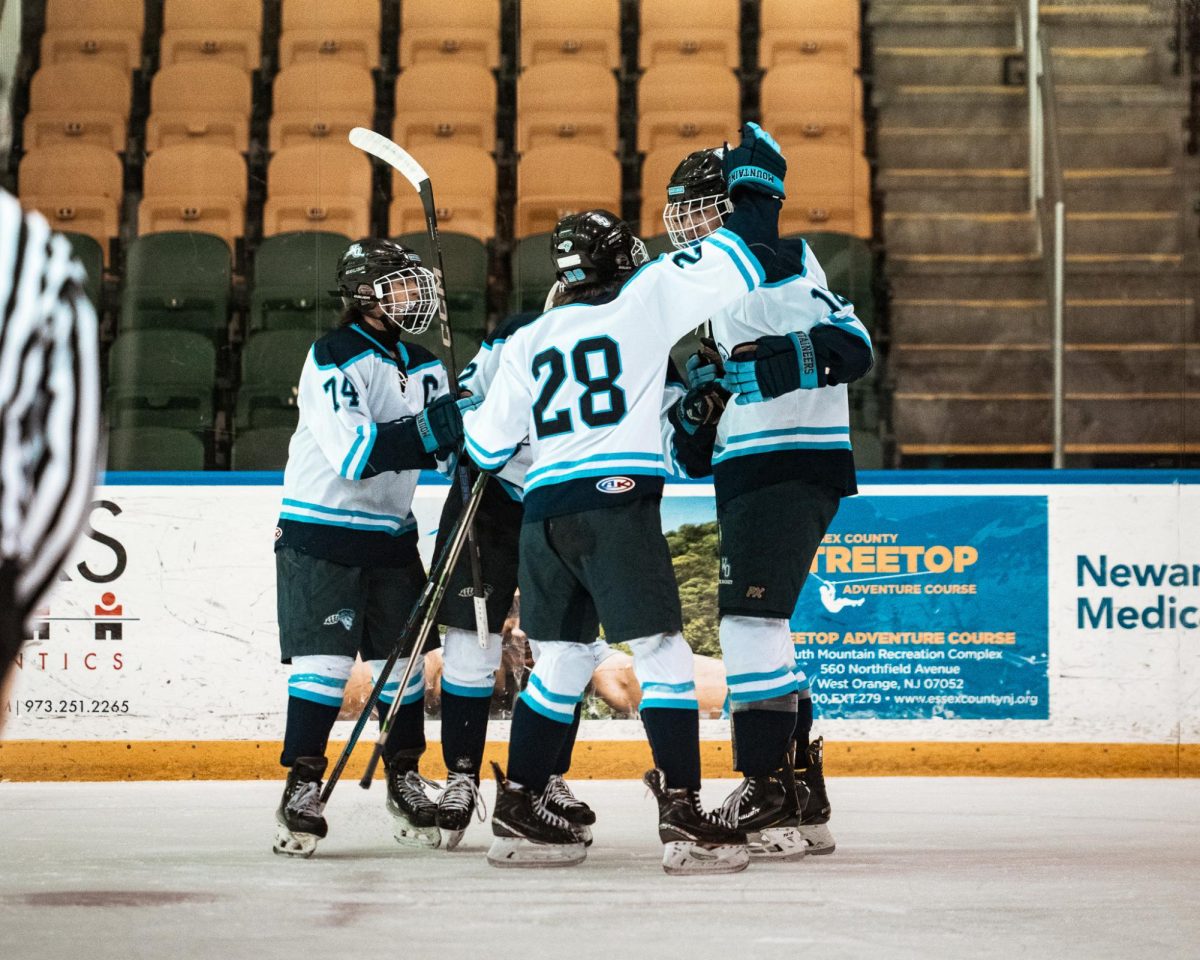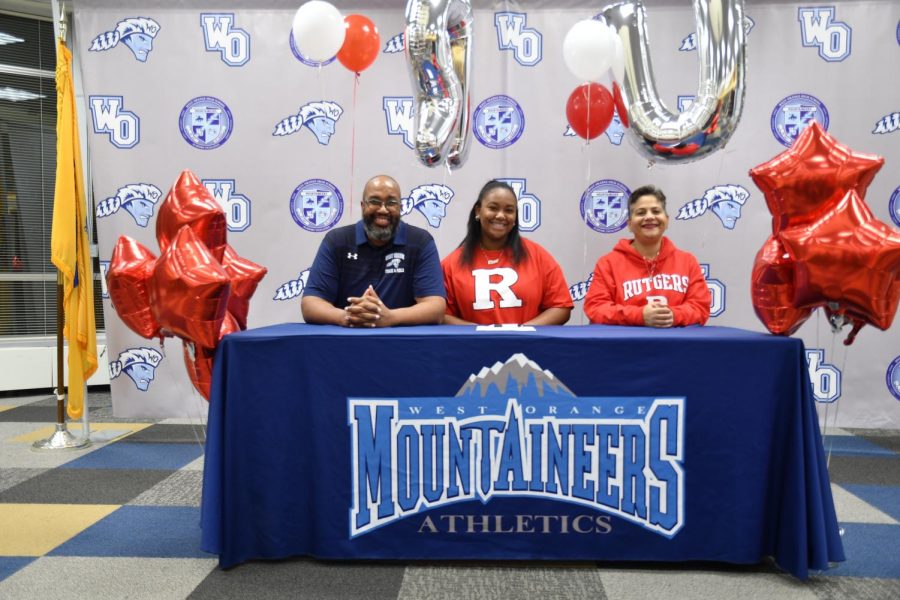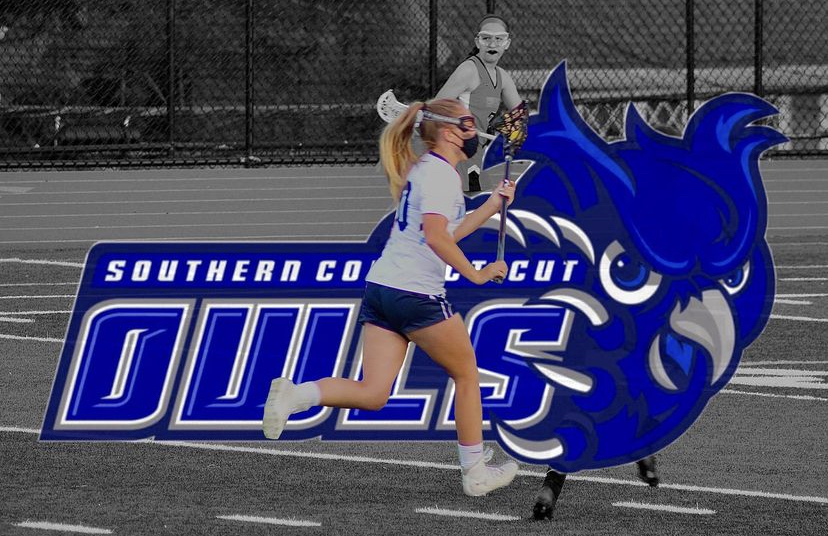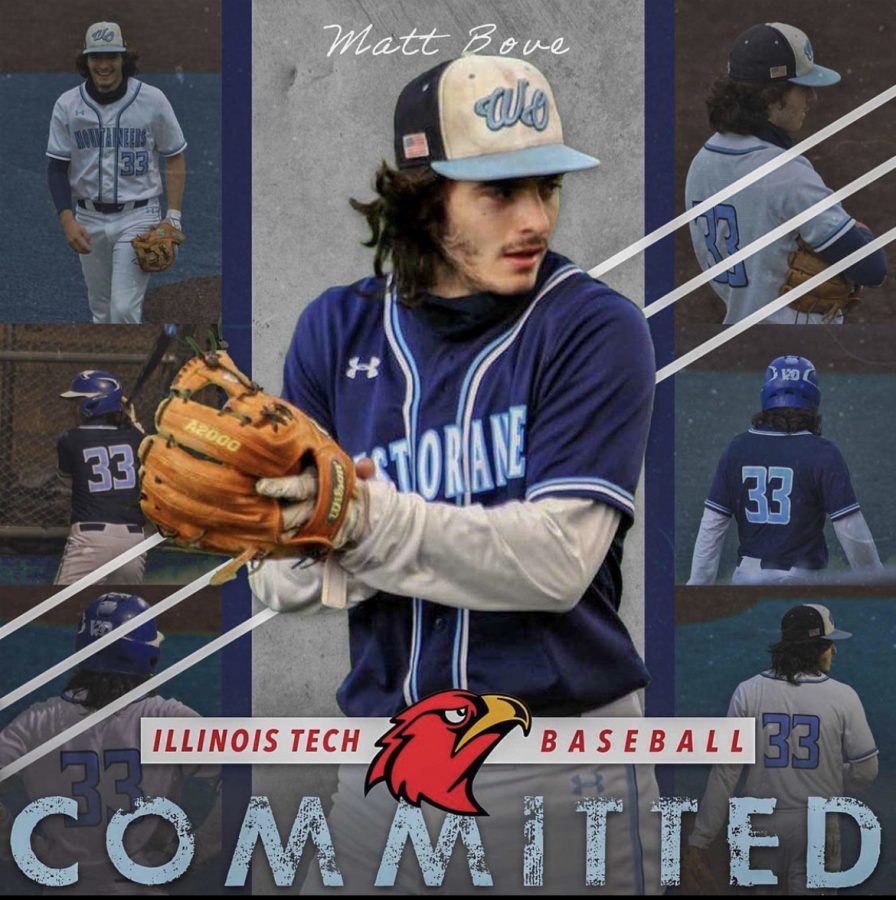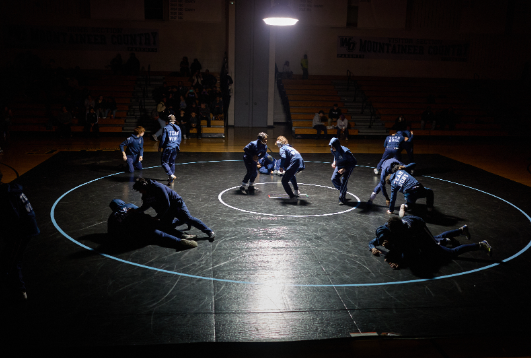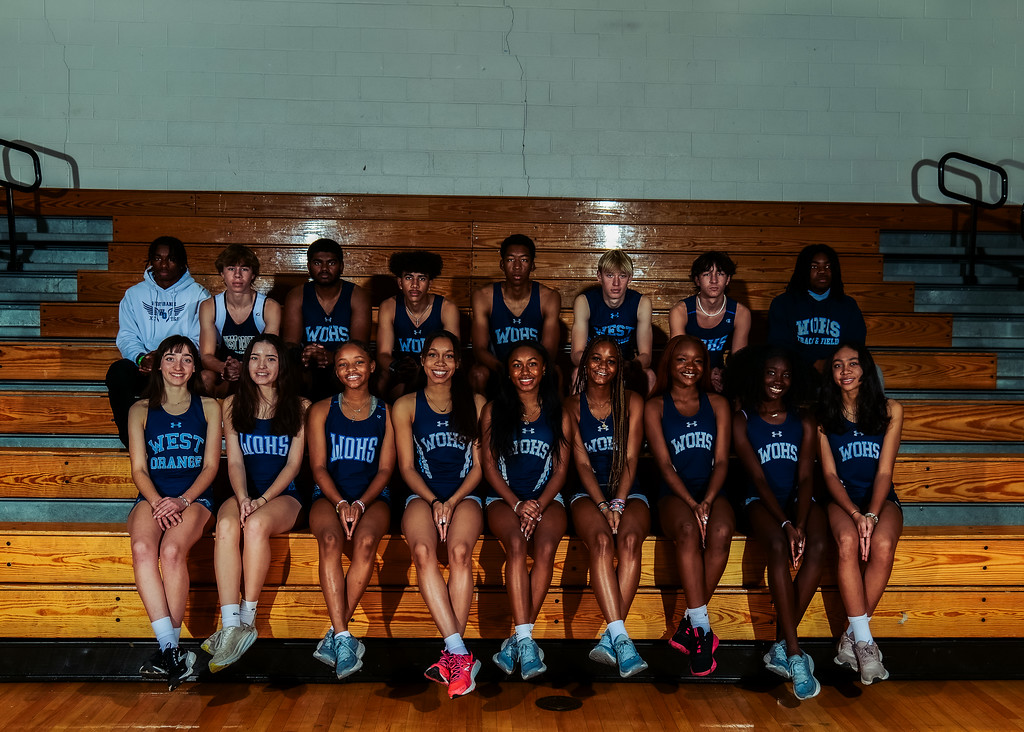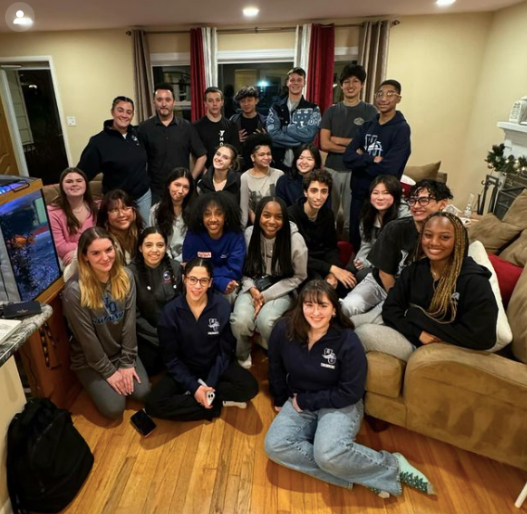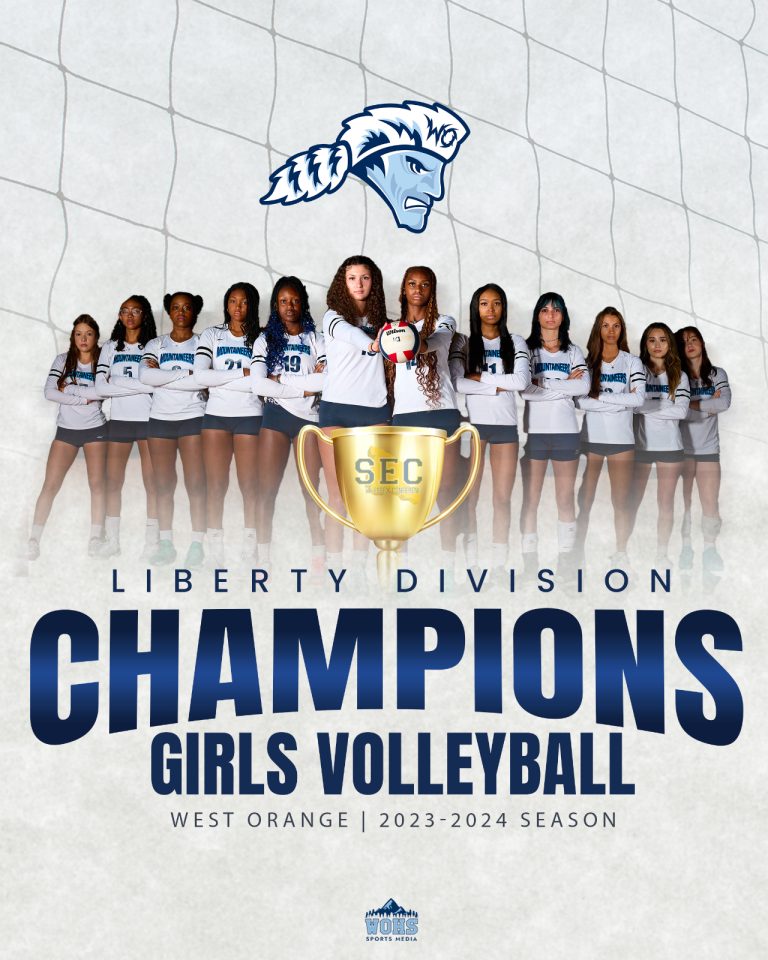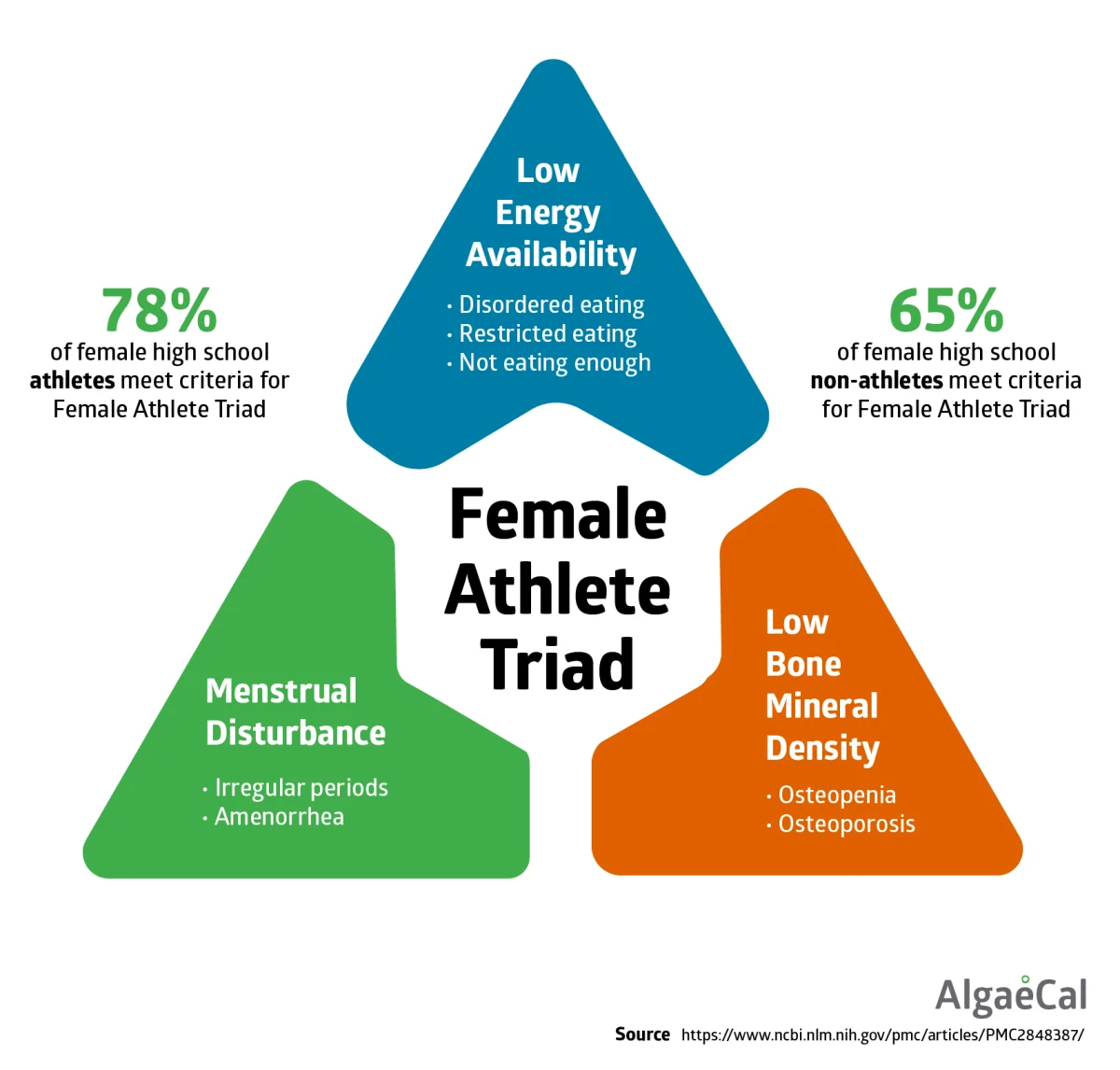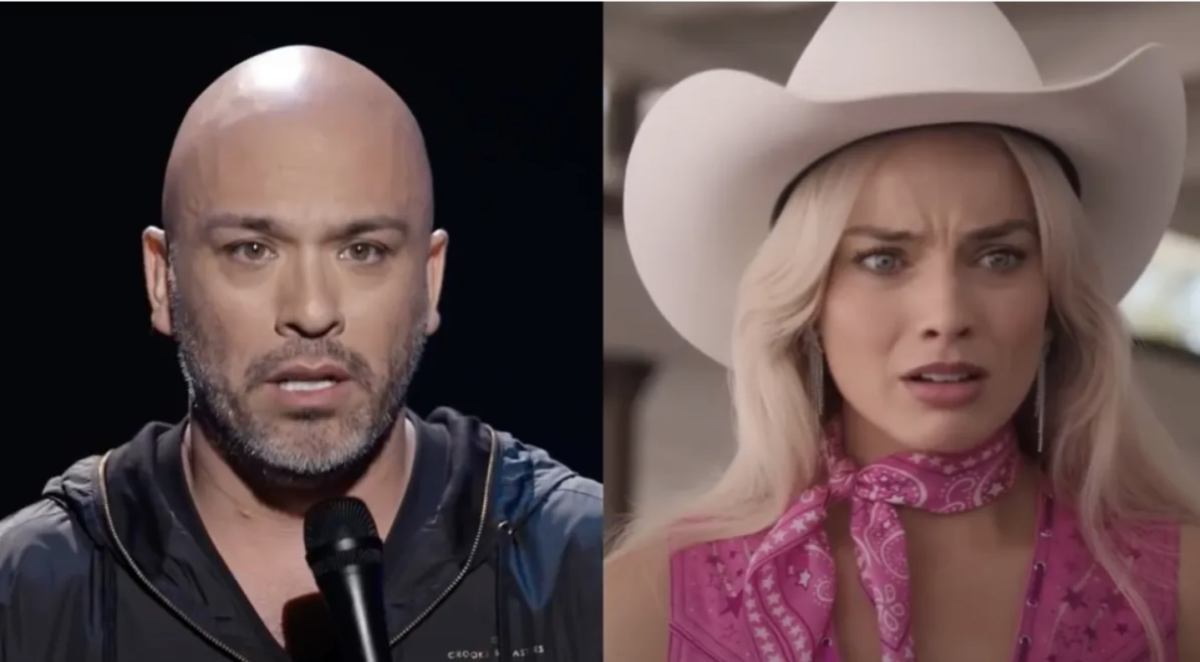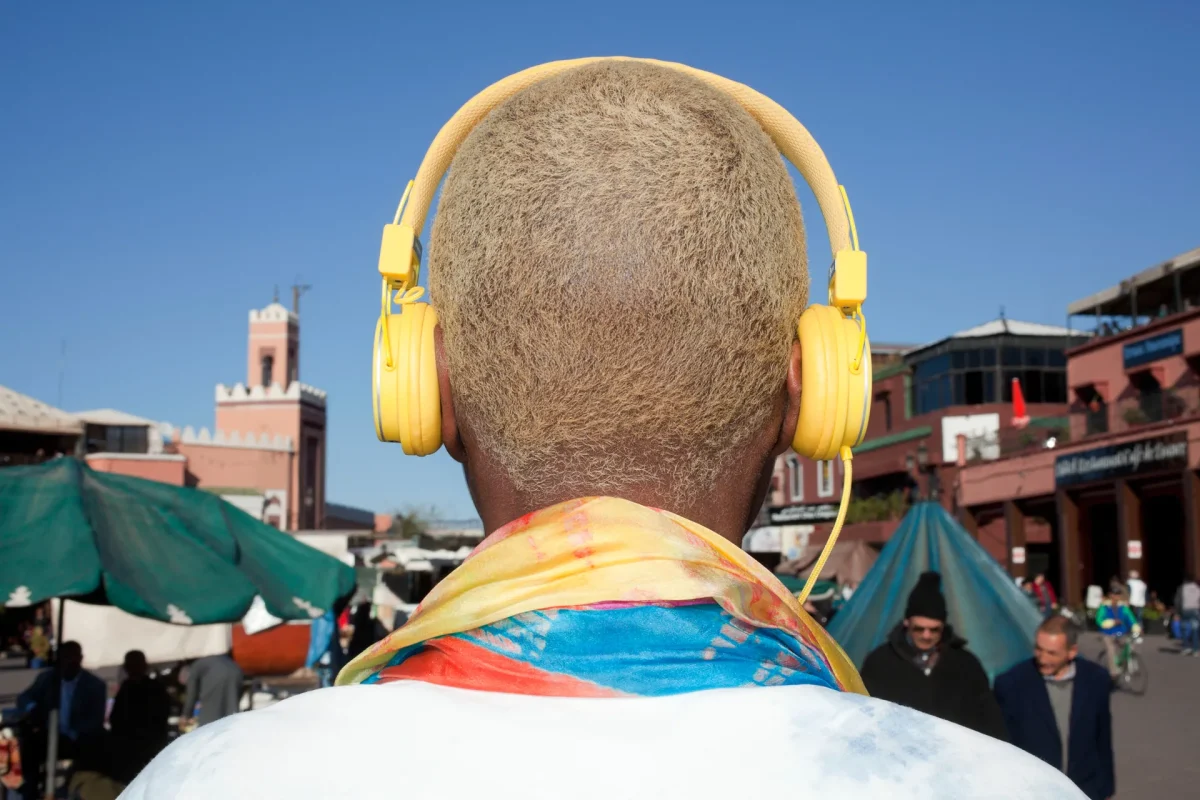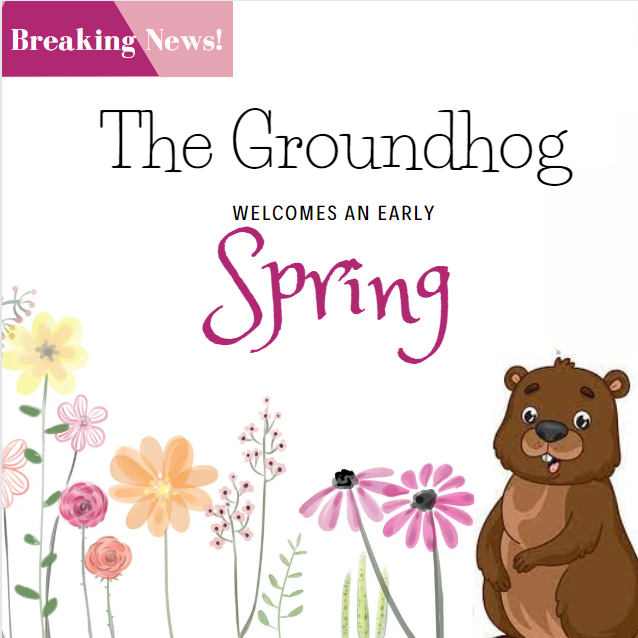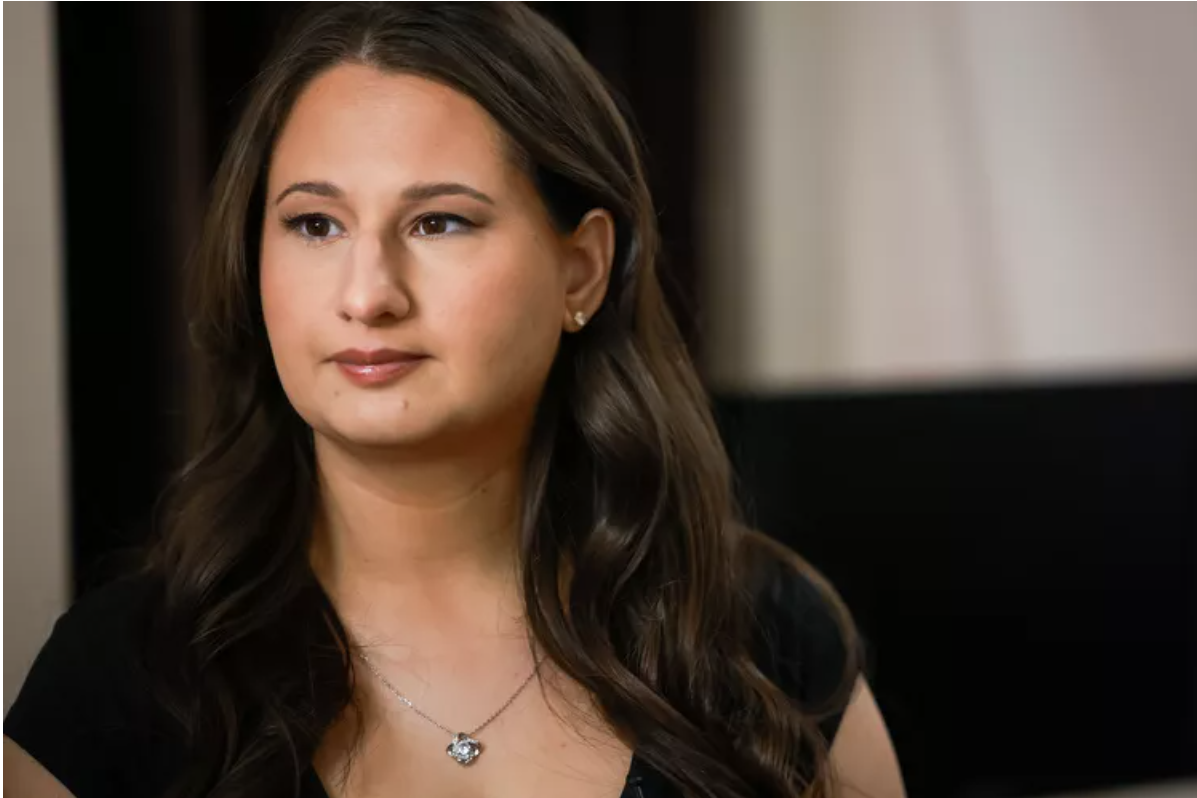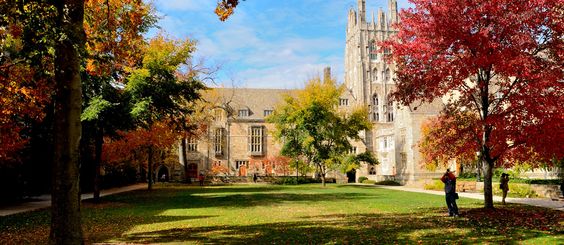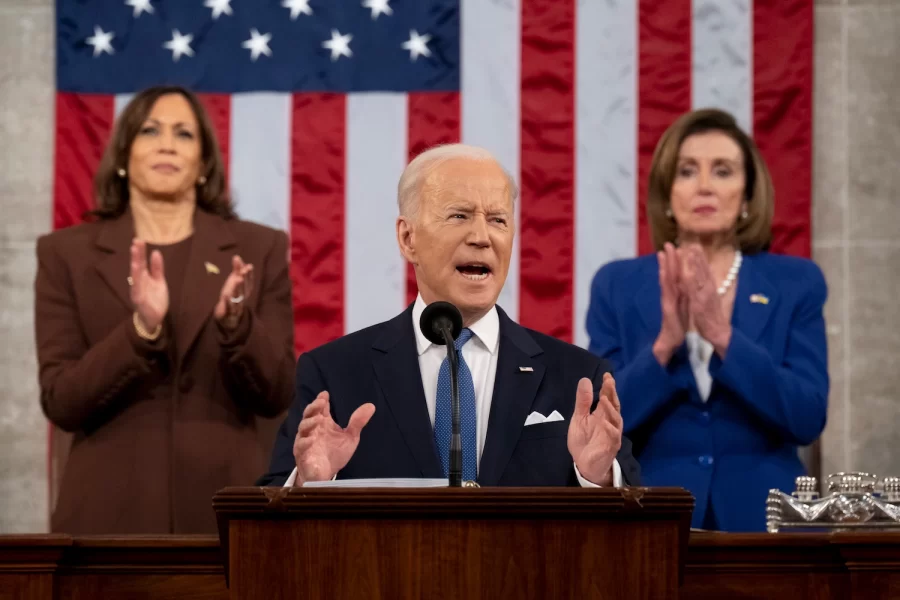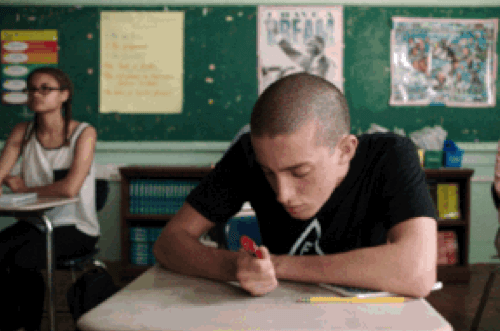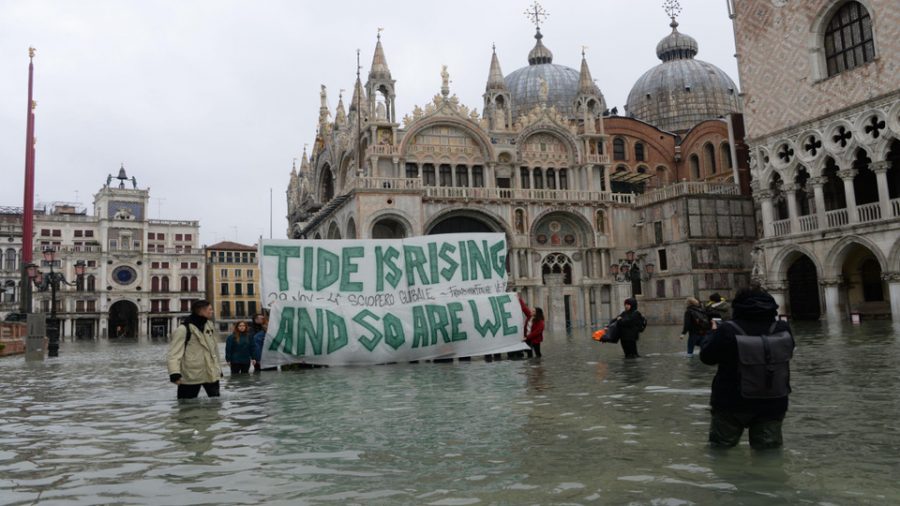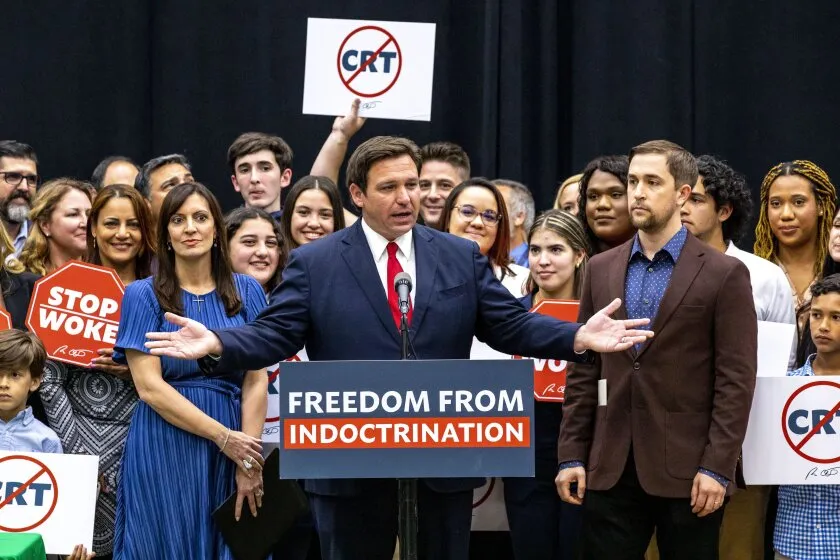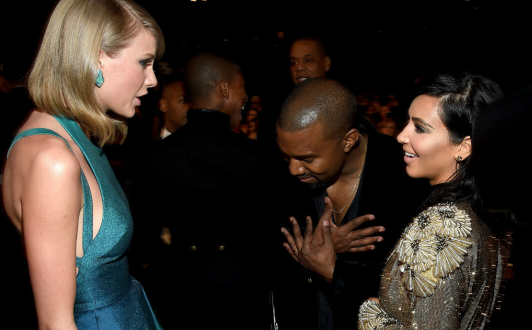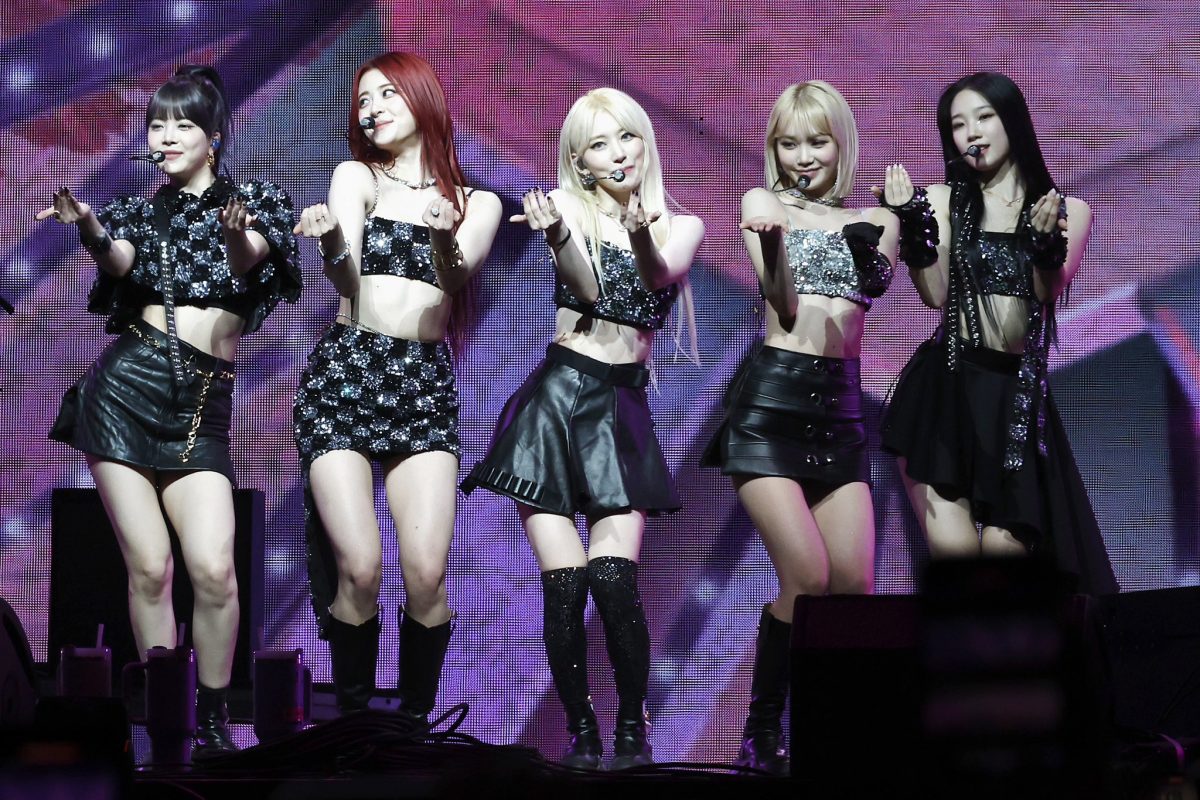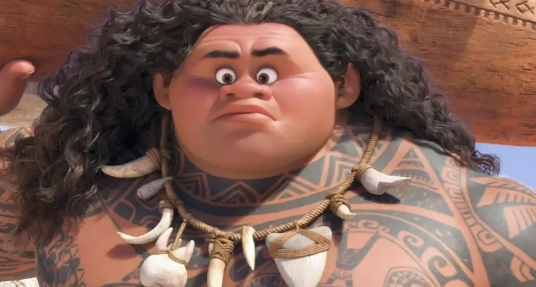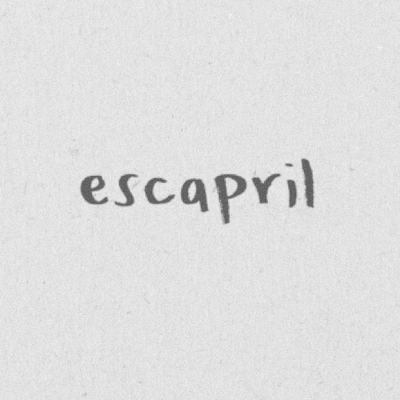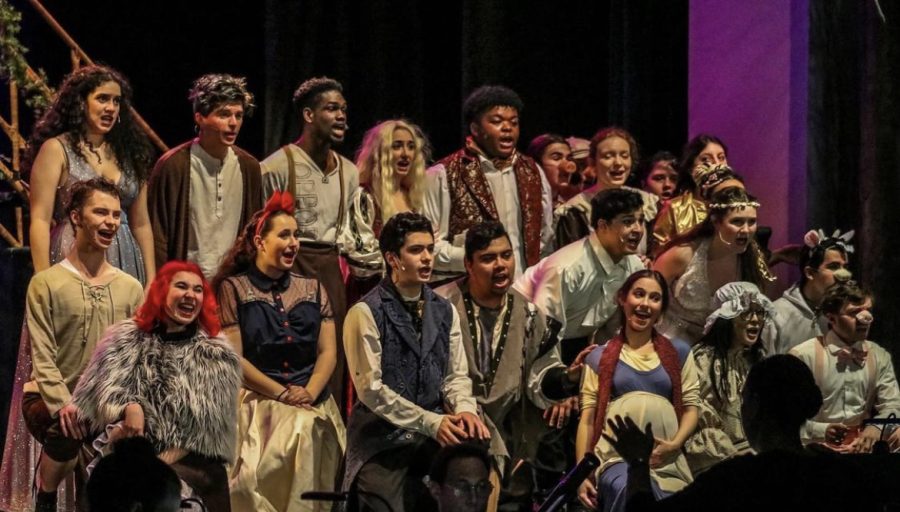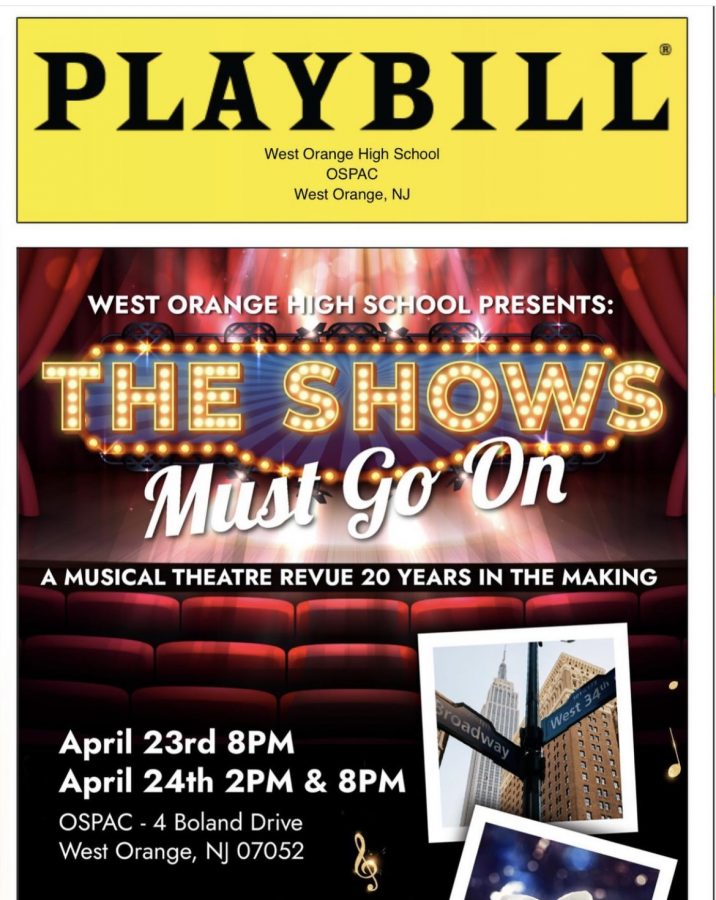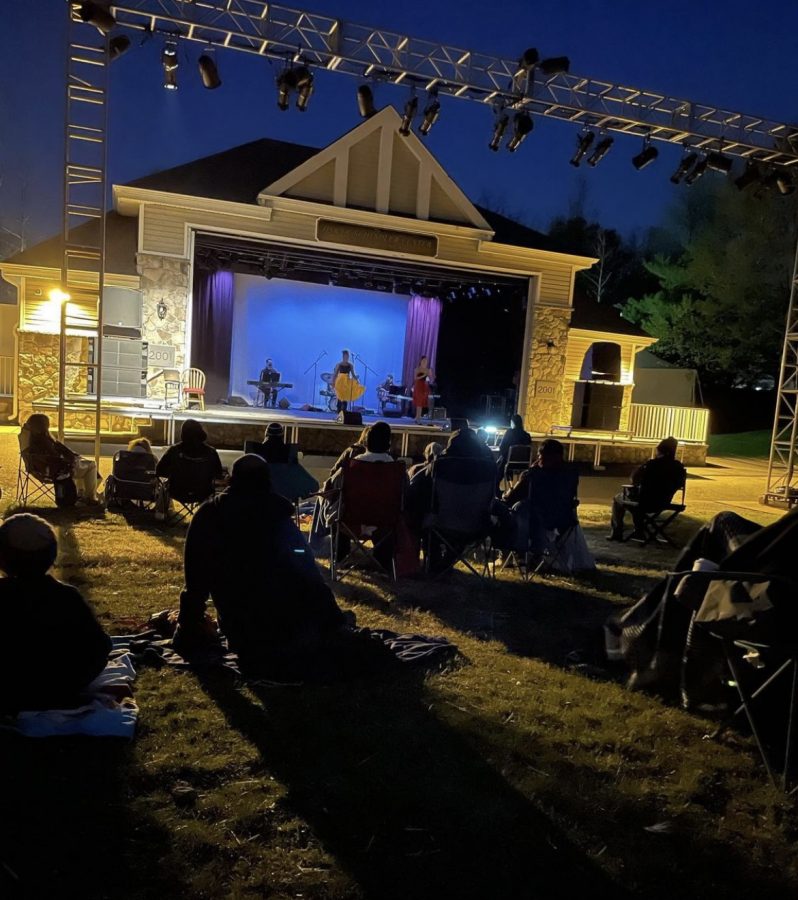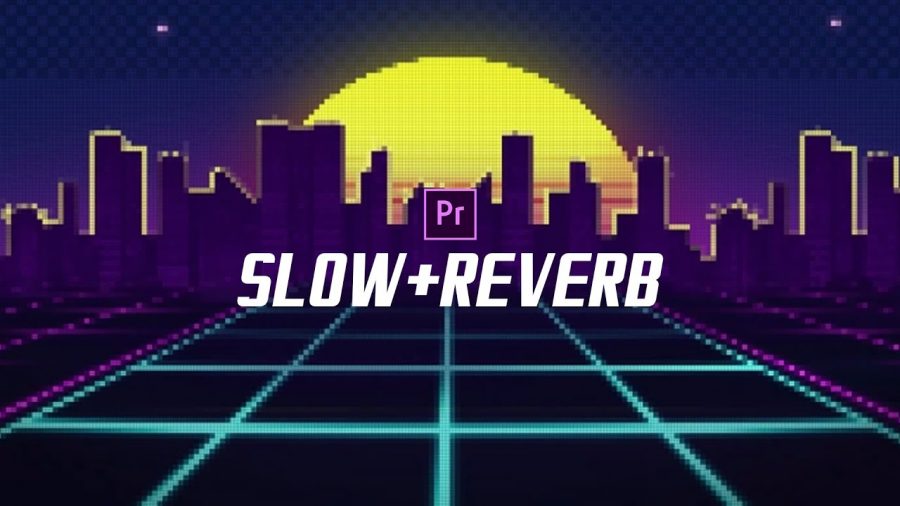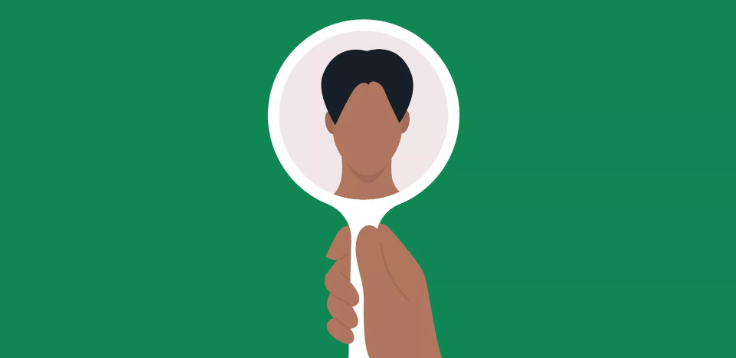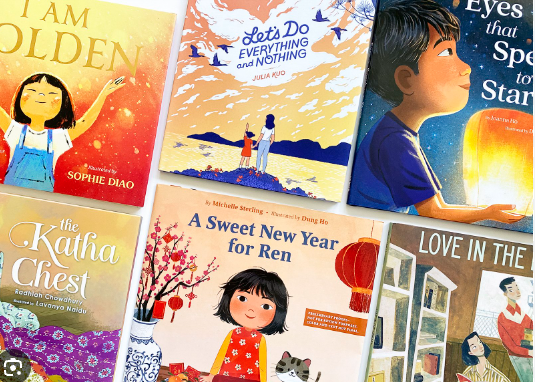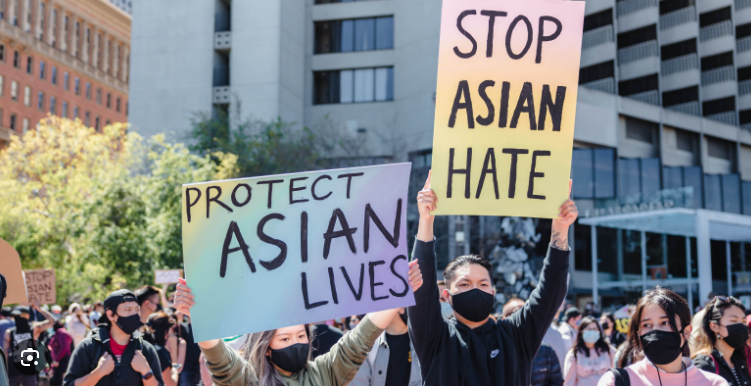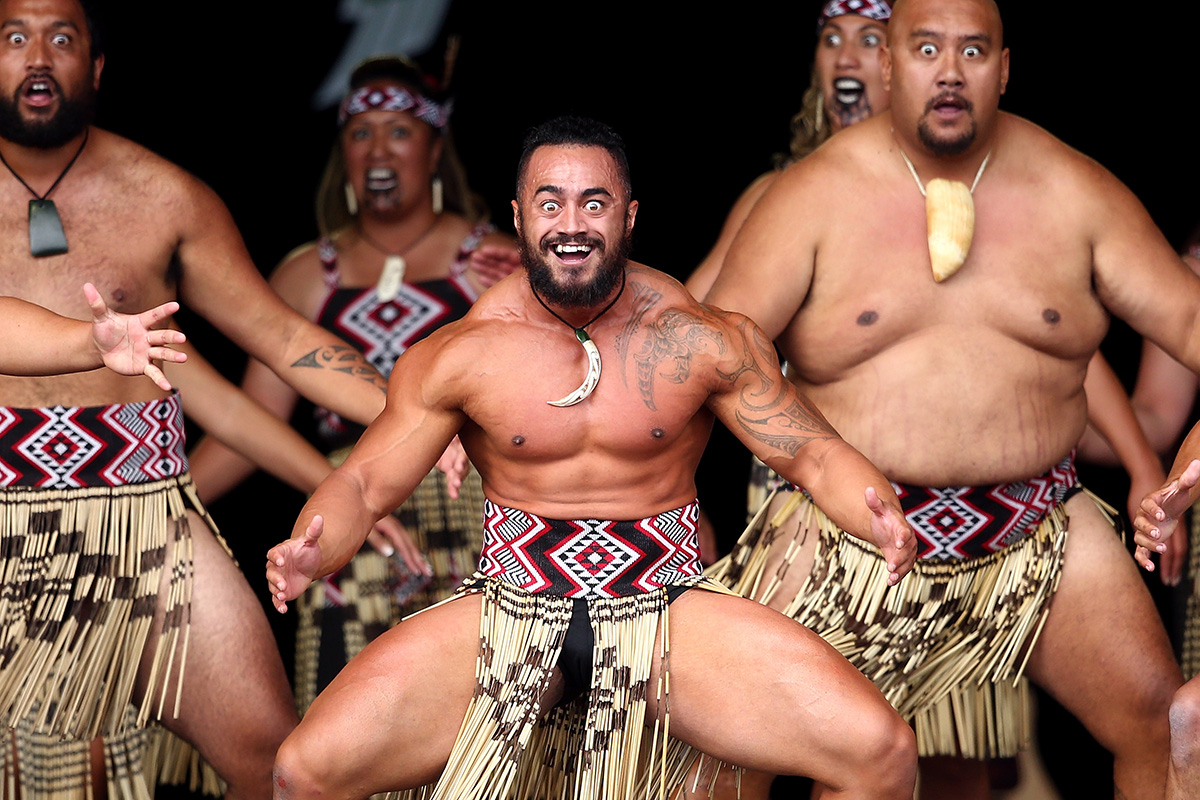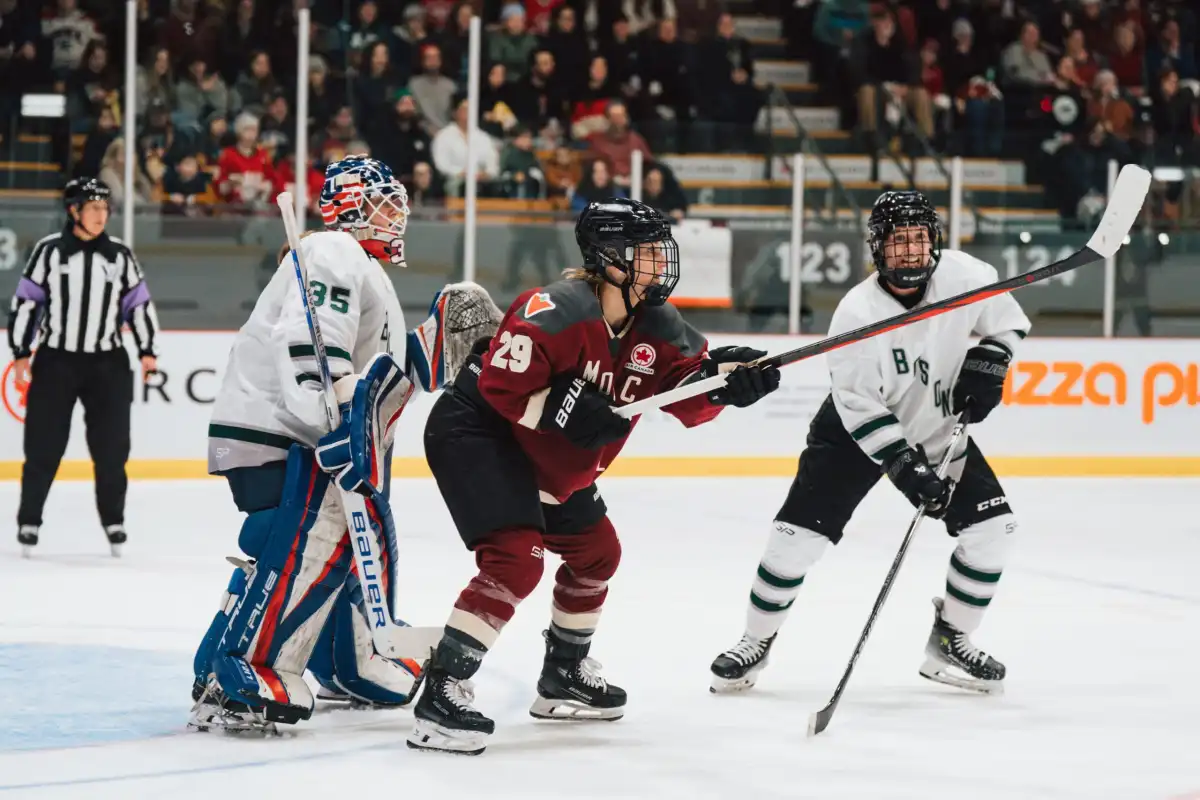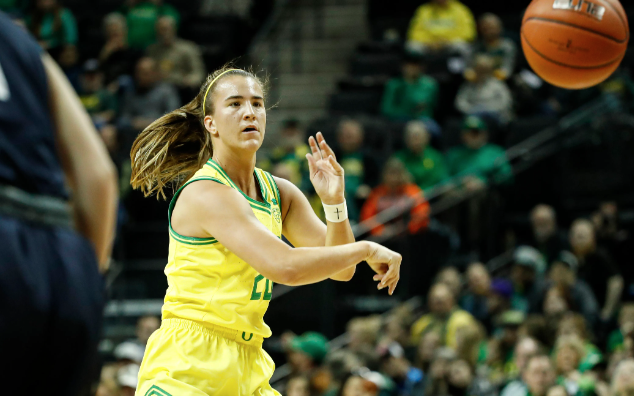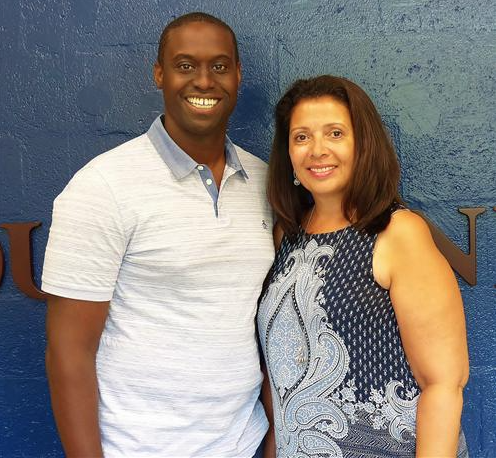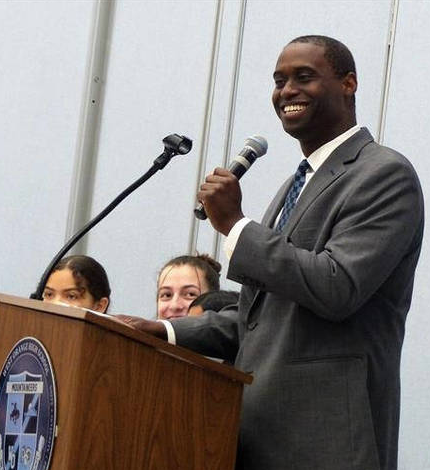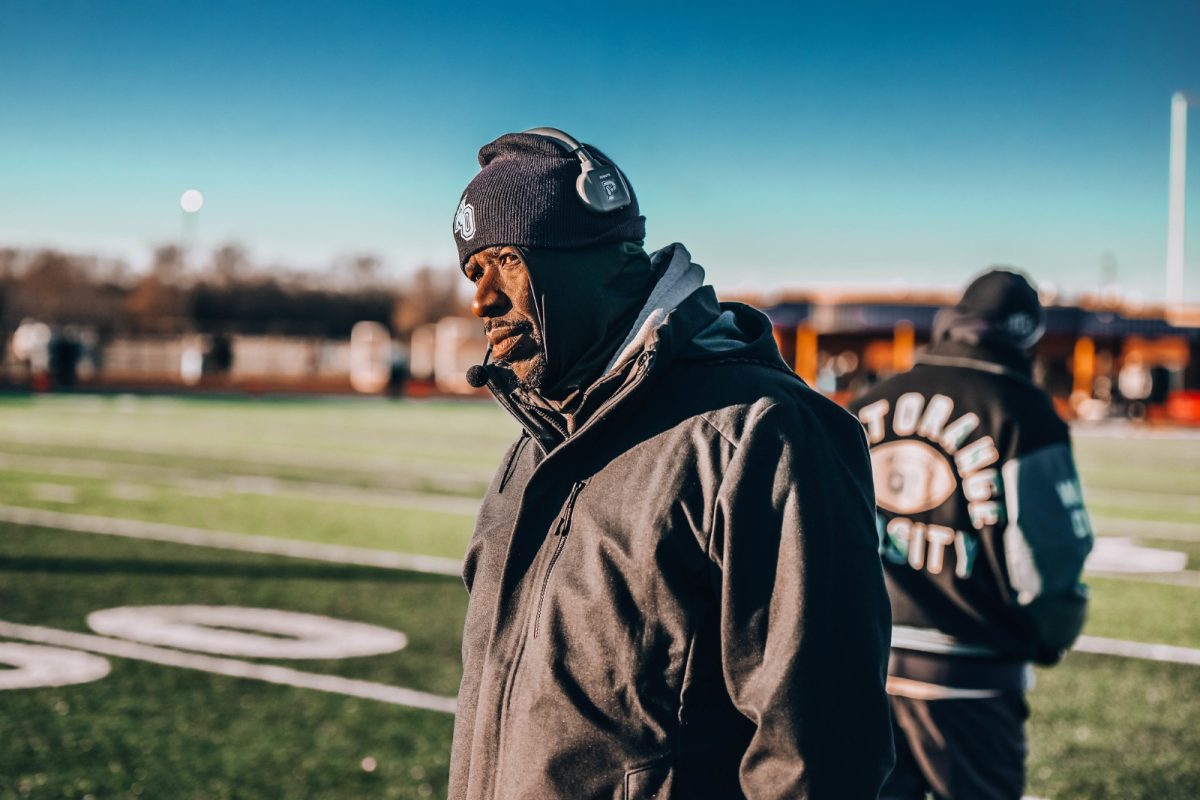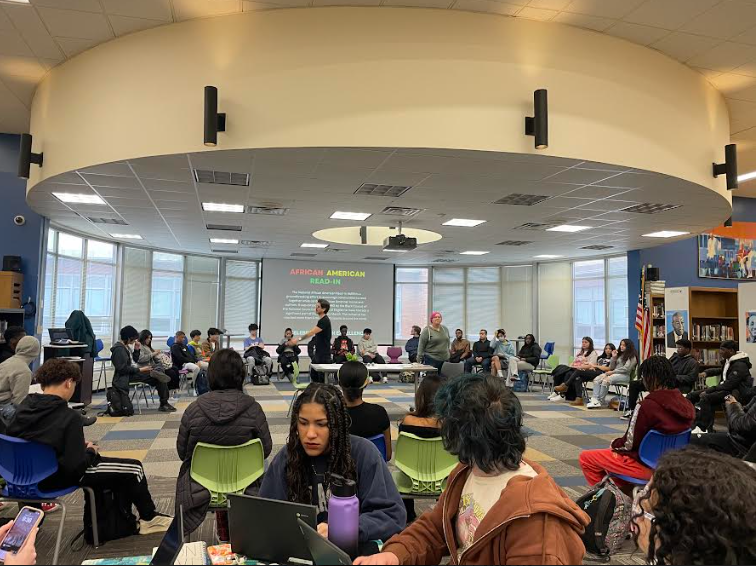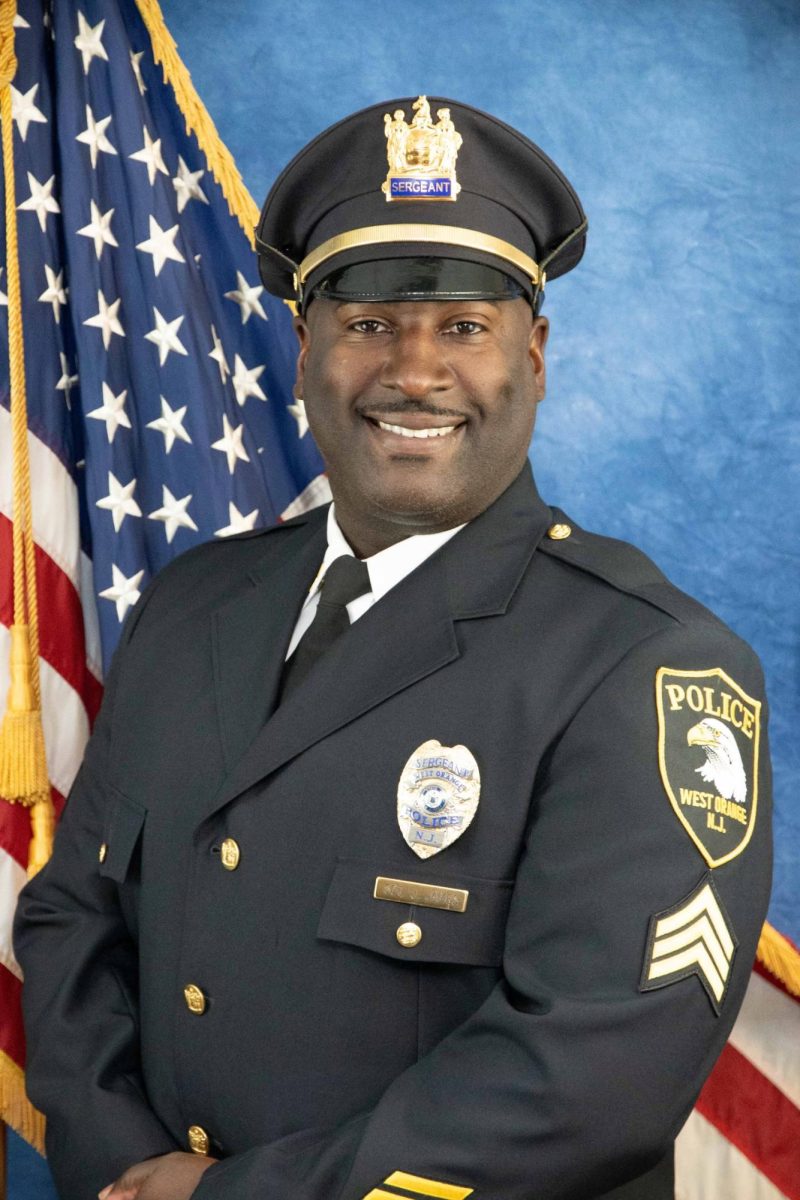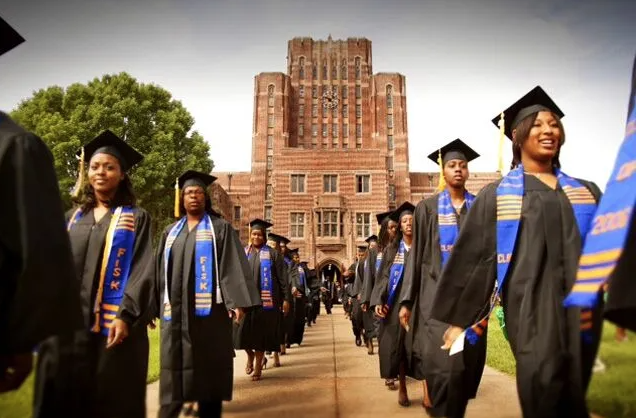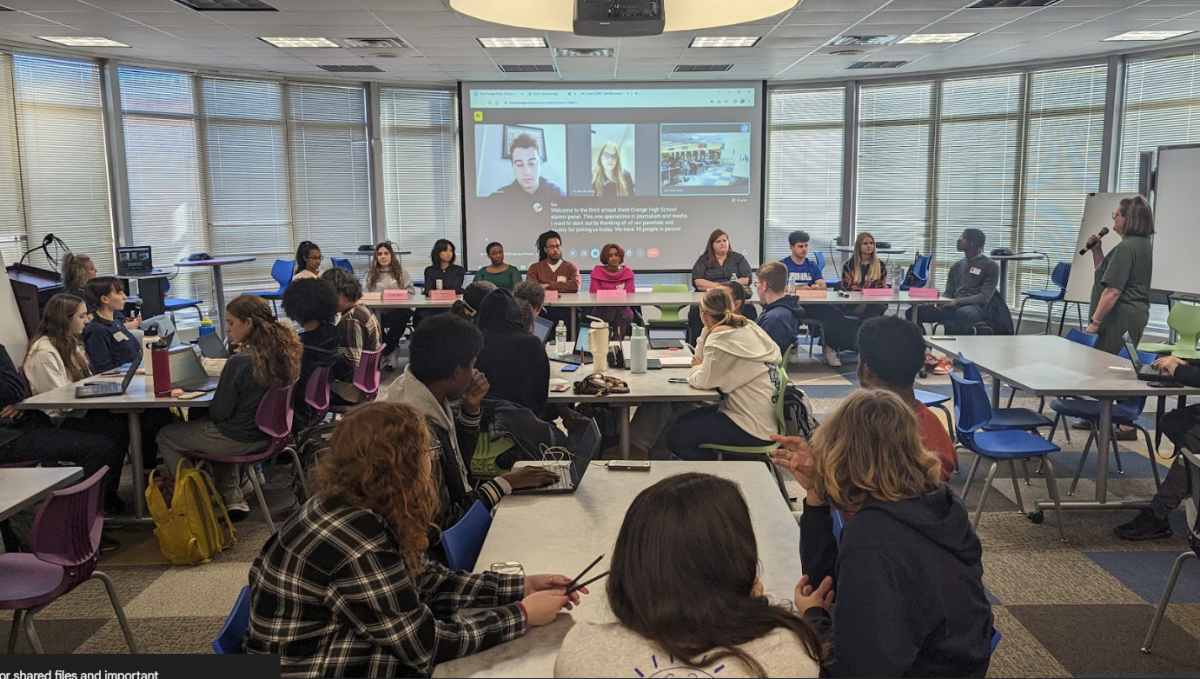Following the 30th annual African American Read-In at West Orange High School, Mr. Thompson and Ms.Binns shared their perspectives on the event’s significance and impact.
Mrs. Binns, one of the event organizers, emphasized the Read-In’s broader scope beyond slavery, highlighting the importance of celebrating Black excellence: “It moves beyond just the scope of slavery and looks at Black excellence in the arts. In the humanities and film and music in all various genres of life.” She underscored how the goal of the event was to showcase a diverse range of authors, voices, and perspectives, encompassing both triumphs and challenges within the African American experience.
Building upon Mrs. Binns’ comment, Mr. Thompson, her co-organizer, emphasized the intrinsic link between African American culture and American popular culture. “the idea of the African American reading is to celebrate as wide a variety of authors of the voice of perspectives as possible as Ms. Binns mentioned, we are spending a over 400-year history of African Americans living in the United States and V pieces that we select and that our students bring to the fore and they try to again encompass the entire range of those possibilities of those triumphs of those accomplishments. We’d like to not necessarily put a positive spin on things, but I emphasize both The Good, the Bad, and the ugly. We want a little bit of everything in our region.”
Expanding on the conversation, both librarians discussed how African American literature has evolved and its influence on contemporary literature. Both noted a growing trend toward more substantial, more diverse characters and narratives, reflecting a broader spectrum of experiences and identities.
In response to how the African American read-in started, Ms. Binns acknowledged that “the read-in started actually before I came to the high school. This is my third year at the high school. Um, and it was just a group of us. It started within the library, and it started with a very small cohort of classes, mainly with the ELA classes. Students would either bring prepared pieces, or they would provide pieces for students to read. They would showcase music, different famous African Americans, and black excellence in that way. We’ve it to make it more of a region in which students are choosing either lyrics, short stories, or poetry that they have written themselves or are inspired by other authors and are reading it themselves in creating a voice where they may not necessarily feel as though they have a voice. We were very surprised by those who chose to read and would not necessarily volunteer to read in a typical classroom, but this gave them a voice and an opportunity, an opportunity to really express themselves, and I think that made this such a successful day.”
Mr. Thompson enthusiastically added, “We were just flattered to inherit this wonderful tradition. And we have tried to put our own spin on it. One of the things that we tried to do in the LMC is to be truly interdisciplinary. So [we] welcome[d] teachers from all different subject areas and students from all different backgrounds into a shared space where we can encounter one another in a way that’s academically informed. But that also makes a point of emphasizing our own unique perspectives and identities. One of the wonderful things about our approach to the reading because it is so participatory. We get to hear a lot of student voices that, much like some of those own voices authors that we alluded to, during that last question might otherwise be lost. These are not necessarily the students who are always raising their hands, speaking out, and doing their utmost in the classroom. But when they have this new venue, and they have a different environment, we find that some unexpected voices tend to thrive and, in fact, don’t necessarily crowd out the others but make a contribution that elsewhere is very lacking. Once you hear them, you don’t want them to go back to being quiet”
In response to questions about how they selected the pieces of literature for the Read-In, they both emphasized their commitment to showcasing a wide variety of poems and pieces that celebrate Black excellence and resilience. “we wanted to have a wide variety of poems, not just poems. That focuses on the negatives that are typically written from past perspectives. We wanted to have poetry that highlights black excellence, and looking at colorism in such a positive light, looking at African Americans in such a positive way, I’m looking at the success within the population. And there are so many different directions in which it can be taken. You do have to highlight the past in order to look into the future. So we had some poems that did highlight the past, but at the same time, some of these themes that you see in the past still are seen today.”
Reflecting on the Read-In’s impact, organizers shared anecdotes of students finding their voices and expressing themselves in ways they might not have in a traditional classroom setting. The event serves as a platform for students to explore their identities, share their stories, and engage in meaningful literature pieces about race, identity, and representation.
As the interview concluded, both librarians expressed their gratitude for inheriting and evolving the Read-In tradition.
They emphasized the importance of fostering an inclusive space where students and teachers from diverse backgrounds can come together to celebrate African American literature and culture.
